Fuji-no-Ma
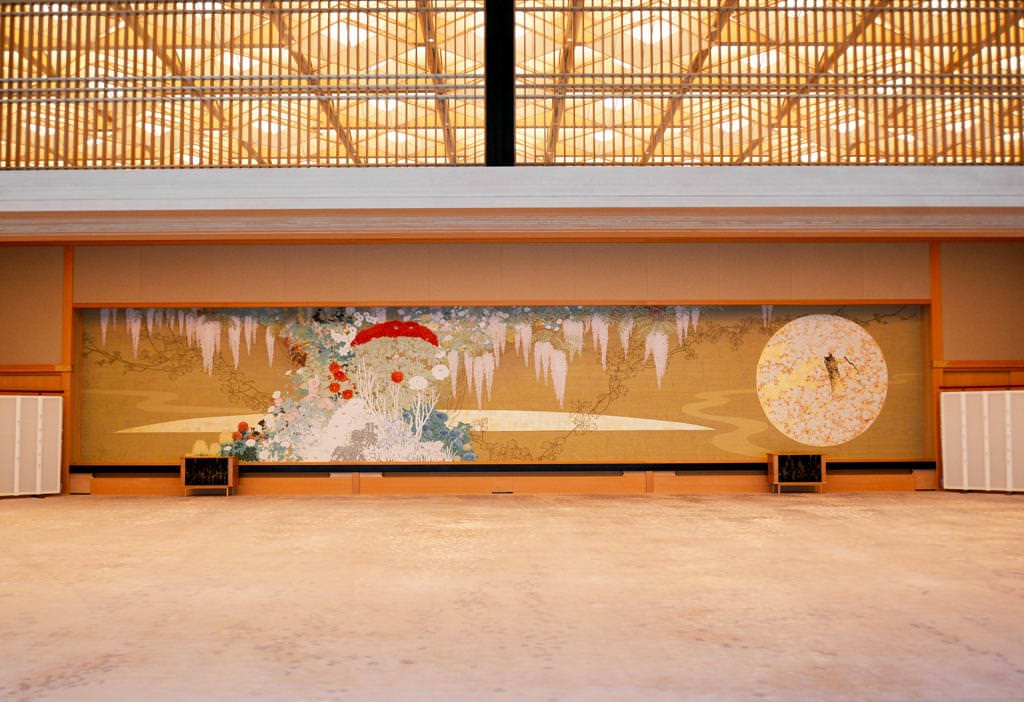
Fuji (Wisteria) Denotes "Welcome": A large room that combinesWestern and Japanese elements
The largest space in Kyoto Guest House, Fuji-no-Ma is used for European-style banquets and for ceremonial welcomes.
It can seat approximately 60 guests in an imperial banquet layout (with long tables placed perpendicular to the head table) or 120 guests using circular tables.
Highlights
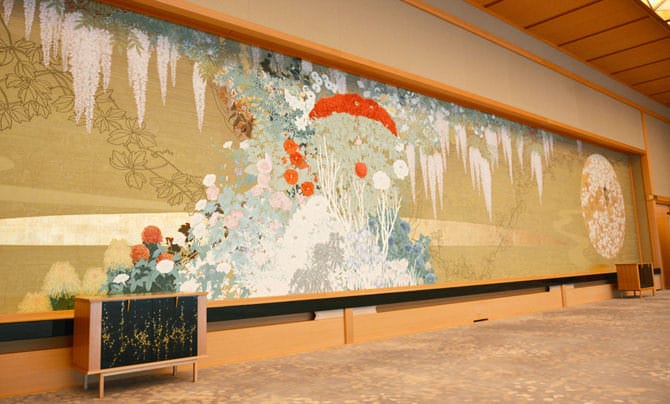
Tapestry: Reika
On the wall is a work titled Reika, a tapestry designed by the nihonga artist Shikami Kiyomichi and woven in tsuzure-ori (polychrome tapestry) technique, depicting 39 varieties of flowers. The dantsu carpet on the floor shows windblown petals from the wisteria flowers depicted in the tapestry.
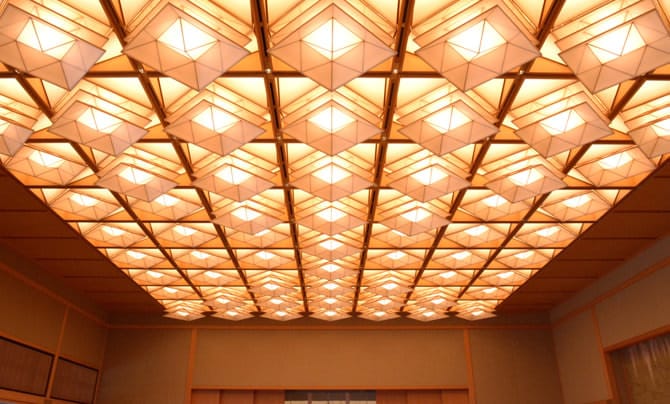
Lattice-like Illumination
The ceiling illumination comes from fixtures created using Mino Japanese paper and traditional Kyoto joinery. Each fixture can be individually adjusted in height, resulting in as many as 15 different patterns.
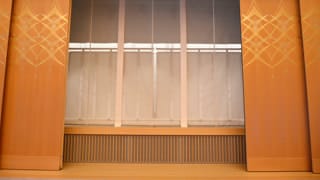
Elegant Japanese Cultural Traditions Take the Stage
The space hosts traditional dance, noh, koto (a type of stringed instrument), and gagaku (court music) performances, offering distinguished visitors an experience of Japanese cultural traditions.
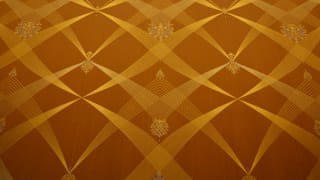
Kirikane Craft Brightens the Stage Doors
The late Eri Sayoko, a Living National Treasure, created this work using gold and platinum leaf. The gold and silver coming together with the beauty of the one enhancing the beauty of the other are used as a metaphor for people coming together at events in this room. The title of the work is Kōru-kōin.
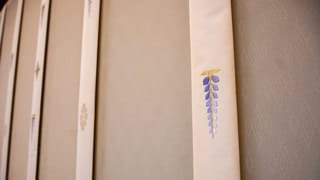
Kichō Partitions That Showcase Traditional Crafts
Used to divide a space into rooms or create privacy, the kichō at Kyoto Guest House are masterful examples of artisanship in kumihimo (braided silk cord), Kyoto embroidery, lacquerwork, and cross-weave silk known as ra, thinner than even sha silk.

![Kyoto State Guest House [SP]](https://www.geihinkan.go.jp/wp-content/themes/geihinkan/assets/img/kyoto/common/toplogo_kyoto_sp_bk_en.png)
![Kyoto State Guest House [PC]](https://www.geihinkan.go.jp/wp-content/themes/geihinkan/assets/img/kyoto/common/toplogo_kyoto_bk_en.png)